Commissioner Hester M. Peirce has proposed a three-year “safe harbor” from application of the federal securities laws for cryptocurrency offerings and trading, allowing companies time to develop decentralized networks without interference by regulators. Commissioner Peirce released a text of proposed Rule 195 on February 6 following a speech at a conference in Chicago.
Commissioner Peirce stated that the safe harbor was required by the current “regulatory catch 22” in which networks cannot distribute tokens to the public because the tokens are potentially subject to the securities laws, while networks cannot become functional or decentralized unless the tokens are distributed to and freely transferable among users, developers and participants in the network. The Commissioner also stated that while one approach would be to have the SEC staff issue no-action letters stating that the SEC would not bring enforcement actions if developers met certain criteria, a rules-based approach was more durable and made clear that state laws did not apply.
Under the proposed safe harbor, if certain conditions were satisfied, the offer and sale of digital tokens would be exempt from the registration and other provisions of the Securities Act of 1933 and the Securities Exchange Act of 1934, other than the antifraud provisions, and persons engaged in certain token transactions would be exempt from the definitions of “exchange,” “broker” and “dealer” under the Exchange Act.
To qualify for the safe harbor: 1) developers must have the intention for the network on which tokens function to reach “maturity” – defined either as decentralization or token functionality – within three years from the date of the first token sale and operate in good faith with reasonable efforts to reach that goal; 2) developers would have to disclose key information on a publicly available website; 3) tokens must be sold for the purpose of facilitating access to, participation on, or development of the network; 4) developers would have to undertake good faith and reasonable efforts to create liquidity for users; and 5) the team would have to file on EDGAR – the SEC’s electronic filing system – a notice of reliance on the safe harbor within 15 days of the first token sale under the safe harbor. The safe harbor also would be available to tokens that were previously sold in a registered offering or pursuant to a valid exemption under the Securities Act.
The safe harbor would not be available if one or more members of the development team were subject to the bad actor disqualification under the securities laws. Nor would the safe harbor preclude federal or state antifraud actions if there was an effort to defraud token purchasers by misrepresenting or omitting critical information.
***
Disclaimer: Materials on this website are for informational purposes only and do not constitute legal advice. Transmission of materials and information on this website is not intended to create, and their receipt does not constitute, an attorney-client relationship. Although you may send us email or call us, we cannot represent you until we have determined that doing so will not create a conflict of interests. Accordingly, if you choose to communicate with us in connection with a matter in which we do not already represent you, you should not send us confidential or sensitive information, because such communication will not be treated as privileged or confidential. We can only serve as your attorney if both you and we agree, in writing, that we will do so.
The materials on this website are not intended to constitute advertising or solicitation. However, portions of this website may be considered attorney advertising in some states.
Unless otherwise specified, the attorneys listed on this website are admitted to practice in the State of California.

